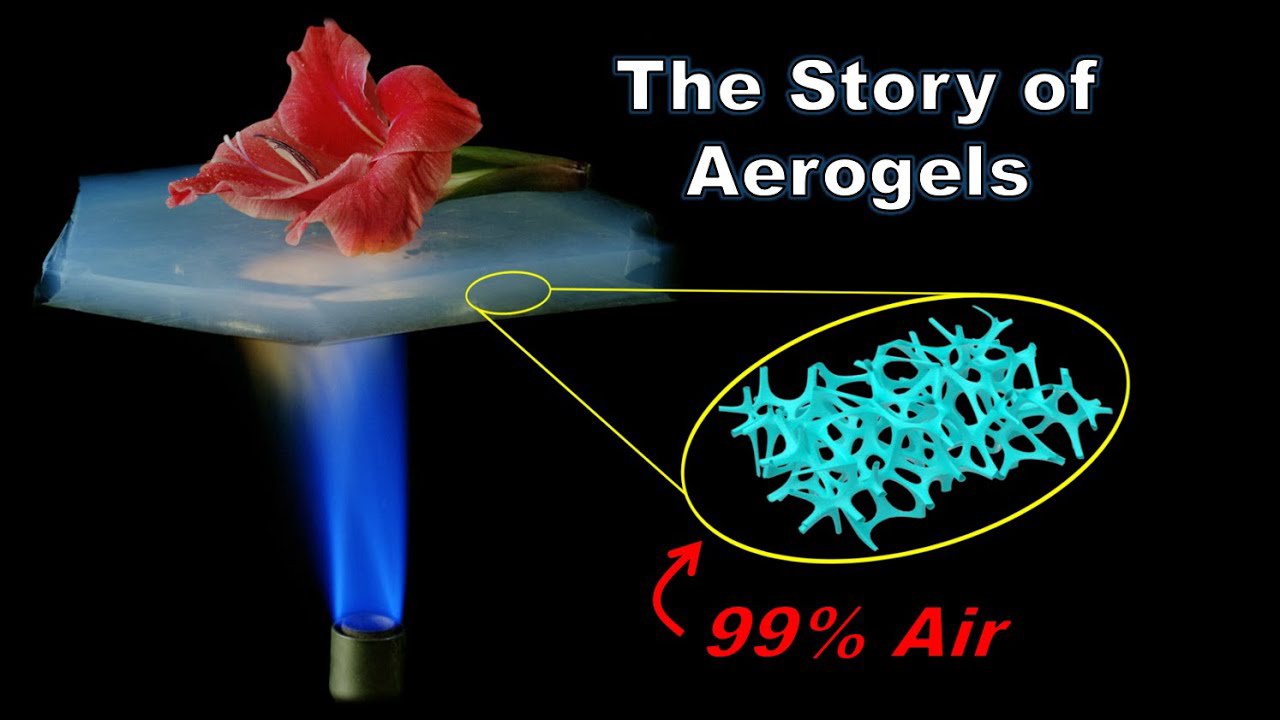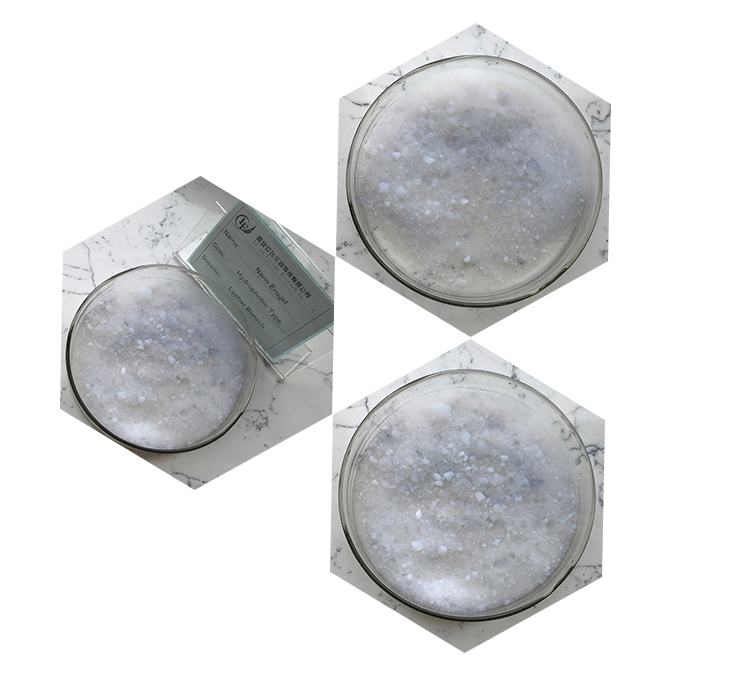Aerogel is a highly porous material that is known for being extremely light and insulating. It’s often referred to as “frozen smoke” due to its translucent, almost ethereal appearance. Despite its low density, aerogels are strong and can support significant weight relative to their size.
Here are some key facts about aerogel:
1.Composition: Aerogel can be made from a variety of materials, with silica aerogel being the most common. Other types can be made from carbon, metal oxides, and polymeric materials.
2. Density: Aerogel is known for their incredibly low density, sometimes as low as 0.001 g/cm³, making them one of the lightest solid materials.
3. Thermal Insulation: Aerogel is excellent thermal insulators. Their structure, which consists of a network of interconnected nanoparticles, minimizes heat transfer. They are often used in space exploration (such as on NASA’s Mars rovers) and for insulating extremely cold environments.

4. Structure: Aerogel have a highly porous, open-cell structure, which contributes to their low density and high surface area. This structure also allows them to absorb a lot of light.
5. Strength: While aerogel can be fragile in some forms, they are surprisingly strong when it comes to supporting weight for their size. The strength-to-weight ratio is much higher than that of many other materials.
6. Applications:
- Insulation: Aerogel is used in thermal insulation, particularly in extreme environments such as space missions and cryogenics.
- Lightweight structural components: Due to their low weight, they are used in aerospace and high-performance engineering applications.
- Oil spill cleanup: Some aerogel can absorb oils and other hydrophobic substances.
- Light diffusion: The unique properties of aerogel allow them to scatter light, making them useful in certain optical applications.

7. Properties:
- Transparency: Silica aerogels, for example, are often semi-transparent, which gives them a unique aesthetic.
- Porosity: They typically have over 90% porosity, meaning that most of their volume is empty space.
Aerogel is fascinating materials because of their unusual properties and their ability to balance lightness with strength and insulation.
